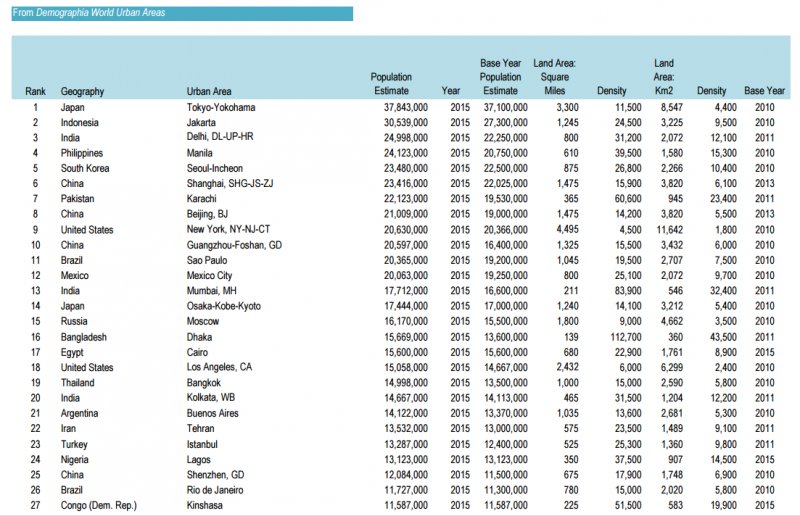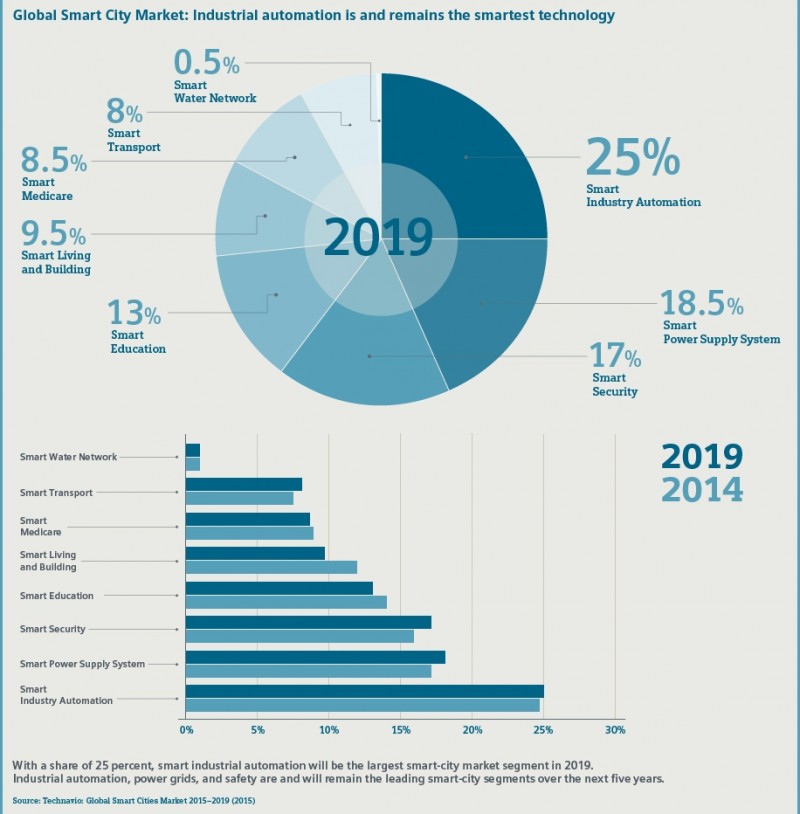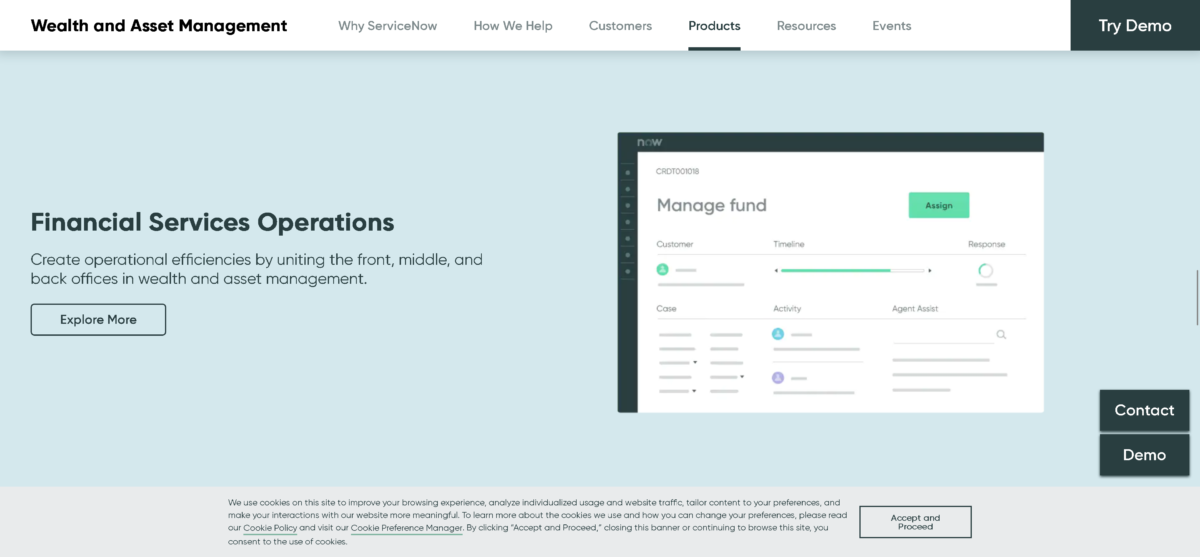If today’s cities seem to be wasteful, uncaring and overwhelming, then brace yourselves for some sobering statistics: in only 15 years from now, approximately 60% of the world’s population will live in an urban center. And by 2050 that figure will be nearer to 70%.
However, where some see chaos and unmanageable growth, others see an opportunity to create a responsive, interconnected, sustainable vision for urban citizens.The unprecedented sophistication of the cloud and the explosive growth of the Internet of Things is making smart, efficient cities a goal that is within reach for the whole planet.
“Couldn’t cities be equipped with enough sensors and feedback loops to manage most of their services automatically while making the best possible use of resources?” That’s the underlying question behind Siemens City Intelligence Platform, an innovative and progressive system which seeks to create smart cities that optimize the use of their resources and incorporate intelligent data into all aspects of urban planning.
A number of smaller European cities are already implementing these models and providing real data which can be used in the future as the projects scale up to tackle the challenges posed by the mega-cities of the world.

(Image Source: demographia)
“Smart cities represent a great revenue opportunity for technology and services providers (TSPs), but providers need to start to plan, engage and position their offerings now,” said Bettina Tratz-Ryan, research vice president at Gartner.
At both a private and public level, this seems to be happening as more and more devices are connected to the internet and the stream of data produced by our daily lives grows exponentially. Every month, 328 million new devices are being connected to the internet, according to Mobile Future.
Smart buildings stand at the center of this complex urban matrix, supported by flexible work setups and integrated, carbon-neutral transport solutions Together, they provide a vision of a sustainable future within our grasp.
Inside the home or office, smart LED lighting, healthcare monitoring, smart locks and networked entertainment will become the norm and lead to massive savings in CO2-emissions. Buildings account for over 70% of urban emissions. Smart buildings will be connected to weather forecasting software, allowing them to automatically set the right temperature for comfort while reducing energy costs. Energy providers will soon be setting up contracts allowing them to shut down devices while they are idle, resulting in huge energy savings.
Out on the streets, real-time information and user-friendly apps will make good decision-making on traffic patterns easy to do. For example, the Green Mobility App “has been developed as part of the European Union’s “Streetlife” project, which is intended to encourage people to use not only the fastest and cheapest transport connections but also those that have the smallest environmental footprint.”
This trend will only accelerate with the introduction of self-driving cars that “will most likely be able to communicate with one another to prevent accidents and make situation-based decisions for the benefit of the whole urban grid.”
Workplaces that offer flexibility through online collaboration are already having a profound effect on the way we live and work today. Thanks to cloud computing, teams of workers can access databases, communicate via mailboxes and by using project management tools from anywhere at anytime.

(Infographic Source: Siemens)
Ultimately, the collection and processing of reliable data is at the heart of all the hopes and dreams for smart cities of the future. From energy to healthcare, education, entertainment and logistics, a smart city can work together seamlessly to provide the best living experience for the people living there and for the planet as a whole. “New communication technologies will increasingly facilitate coordination between governmental and social agencies and private individuals”, explains the report.
If we accept that urban living is the way of the future, then we need to make this work and we need to see our cities evolving rapidly. City Intelligence Platform project manager Dr. Christian Schwingenschlögl explains his ultimate vision, of a “comprehensive urban operating system based on highly developed algorithms that are capable of improving their performance on a lasting basis as data volumes increase.”
By Jeremy Daniel





